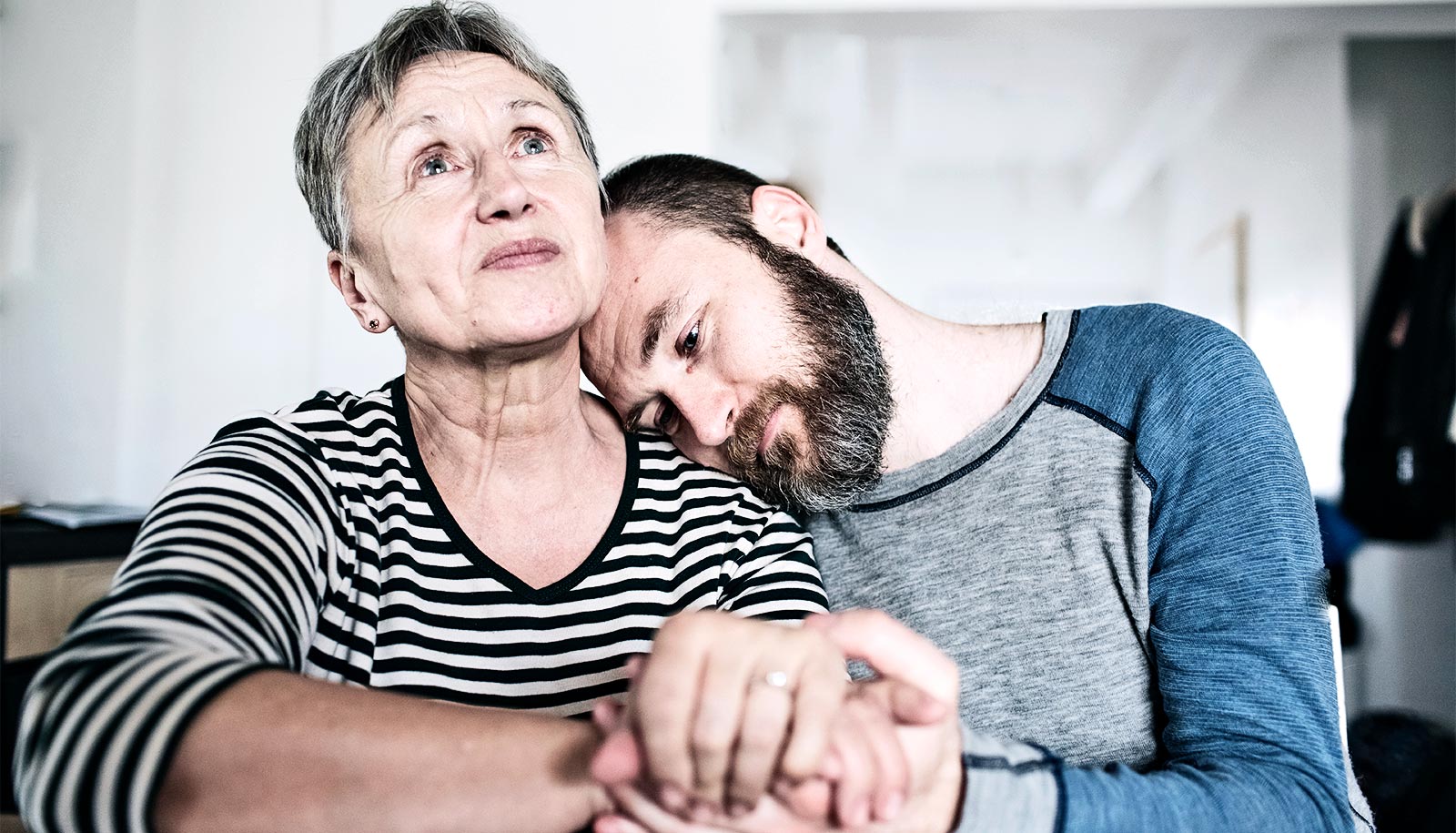Children with type 1 diabetes show subtle but important differences in brain function compared with kids who don’t have the disease, according to new research.
The study in PLOS Medicine is the first to evaluate what happens in the brains of children with diabetes during a cognitive task.
On functional magnetic resonance imaging scans, when their brains were at work, children with diabetes displayed a set of abnormal brain-activity patterns seen in many other disorders, including cognitive decline in aging, concussion, attention-deficit hyperactivity disorder, and multiple sclerosis.
The study also shows that the abnormal brain-activity patterns are more pronounced in children who had diabetes longer.
“Our findings suggest that, in children with type 1 diabetes, the brain isn’t being as efficient as it could,” says lead author Lara Foland-Ross, senior research associate at the Center for Interdisciplinary Brain Sciences Research at Stanford University.
“The takeaway from our study is that, despite a lot of attention from endocrinologists to this group of patients, and real improvements in clinical guidelines, children with diabetes are still at risk of having learning and behavioral issues that are likely associated with their disease,” says senior author, Allan Reiss, professor of psychiatry and behavioral sciences.
Brain behavior
Type 1 diabetes occurs when the pancreas fails to make insulin, a hormone that helps regulate blood sugar. Patients are given insulin via injections or an insulin pump. But even with treatment, their blood levels of glucose, the main sugar in blood, fluctuate much more than in healthy individuals.
“Kids with diabetes have chronic swings in blood-glucose levels, and glucose is important for brain development,” Foland-Ross says. Brain cells need a steady supply of glucose for fuel.
Earlier work revealed brain-structure changes and mild performance impairment on cognitive tasks in children with type 1 diabetes, but no one has studied the mechanism. “It was important to capture what is going on in the brains of these kids functionally,” she says.
The researchers conducted fMRI brain scans on 93 children with type 1 diabetes recruited at five sites: Nemours Children’s Health System in Jacksonville, Florida; Stanford; Washington University in St. Louis; the University of Iowa; and Yale. An additional 57 children who did not have the disease composed the control group. All participants were 7-14 years old. Researchers gave standard behavioral and cognitive tests to all the children before brain scanning.
Then, in the fMRI scanner, the children performed a cognitive task called “go/no-go”: The researchers showed the children different letters of the alphabet in random order and asked them to press a button in response to every letter except “X.” The task is often used in brain-scanning studies to evaluate what is happening in the brain while participants concentrate.
Although the children with diabetes performed the task as accurately as those in the control group, their brains behaved differently, the researchers found.
In children with diabetes, the default-mode network, which is the brain’s “idle” system, didn’t shut off during the task. To compensate for the abnormal activation of the default-mode network, the brain’s executive control networks, responsible for aspects of self-regulation and concentration, worked harder than normal in the children with diabetes.
These abnormalities were more pronounced in children who had been diagnosed with diabetes at younger ages, suggesting that the problem may worsen with time.
“The longer the exposure you have to dynamic changes in blood-glucose levels, the greater the alterations in brain function with respect to the default-mode network,” Foland-Ross says. Studies in adults with diabetes suggest that in the later stages of the disease, the brain eventually loses its ability to compensate for this problem, she says.
Better blood glucose
Next, scientists want to study whether achieving better blood glucose concentrations through treatment with a closed-loop artificial pancreas benefits children’s brain function. These devices electronically couple a blood glucose sensor to an insulin pump that automatically adjusts insulin delivery.
“We hope that with improvements in devices for diabetes treatment, these findings will either decrease in severity or go away,” Reiss says, adding that with better blood sugar control, children’s brains might be able to recover normal activity.
“Young brains have the most potential for plasticity and repair,” he says. “But children also have a long time to live with the consequences if problems with brain function persist.”
Researchers at all study sites contributed to the work. The Eunice Kennedy Shriver National Institute of Child Health and Human Development and the National Center for Research Resources funded the work.
Source: Stanford University


